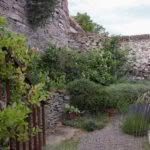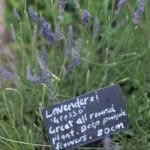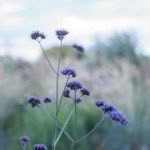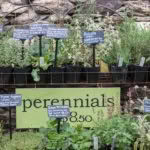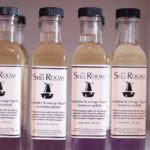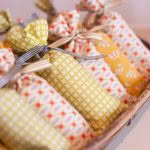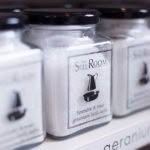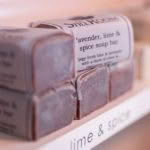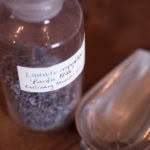Karen Rhind transformed bare dry pasture into a successful lavender business in Central Otago
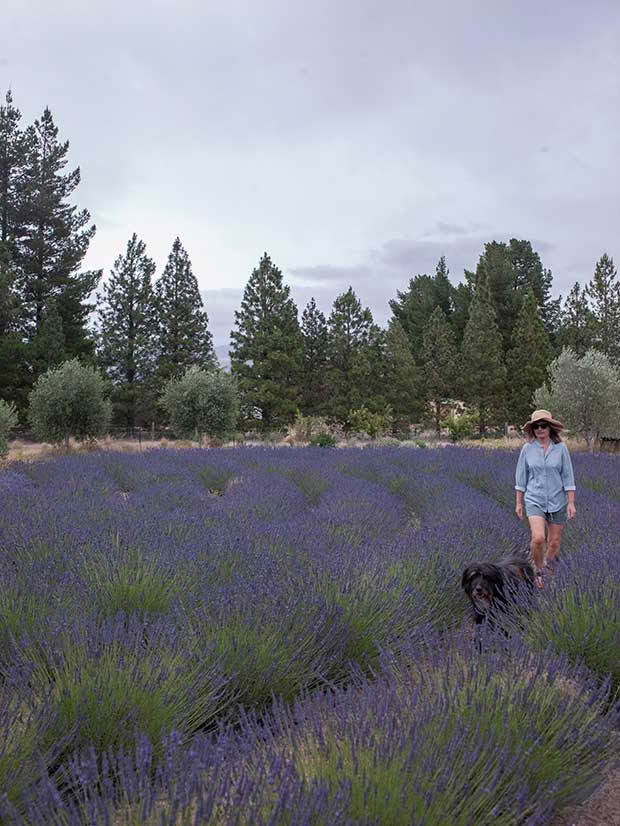
When Karen Rhind left behind her carefully-maintained Garden of National Significance for bare, dry pasture and a new challenge, she also opened the door to a sweetly-scented business.
Words: Cheree Morrison Photos: Rachael McKenna
Karen’s love of lavender is something that has evolved, a passion grown from convenience rather than love at first sight.
Karen Rhind is a Central Otago girl from the soles of her gumboots to the tips of her hair. She grew up on its sloping hills and dry paddocks, and often missed the call for dinner as she built huts on the side of the ranges that embrace Cromwell.
She has also possessed a natural green thumb from childhood, often standing in her mother’s courtyard drawing picturesof landscaping ideas.
Fast forward a few years, to a certificate in horticulture and several landscaping courses beneath her gardening belt.
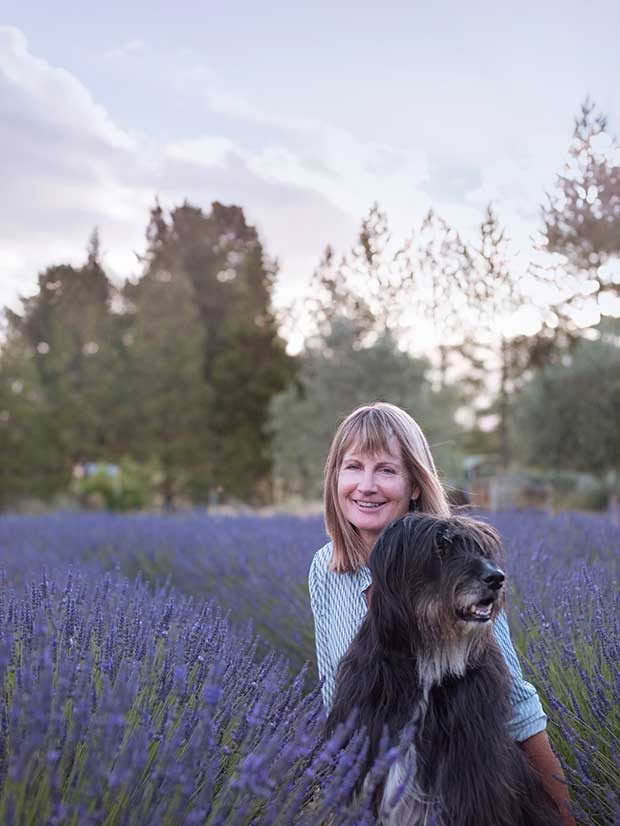
Karen began developing Briar Dell, a small block outside of Cromwell. She started growing and selling herbs, then morphed that business into an at-home nursery, which quickly overflowed into the surrounding garden.
There was one problem. The moment she turned her back, customers would slip out the door, only to be discovered half an hour later collecting inspiration like a bouquet. Karen decided to embrace her curious visitors rather than shoo them away, and Briar Dell became a registered Garden of National Significance in 2005.
When her relationship ended in 2012, Karen sold Briar Dell and approached the Central Otago property market with a fresh eye.
She found her haven in a 20-year-old subdivision outside of Bannockburn, a few kilometres south of Cromwell.

The property had space for her must-have lavender patch. Karen has 0.4ha (one acre) of a lavender variety called Grosso, split between her property and a friend’s which produces approximately eight litres of oil per harvest.
The harvest takes place in January or February over three back-aching mornings, when the flowers are cut from the stems. The lavender is then transported half an hour south to Two Paddocks winery in Earnscleugh for processing through its steam distiller.
“It’s expensive to use but it’s big, and it’s consistently good. I like that there’s little waste. The oil rises to the top of the distilling water and is removed, but we keep the water as it has a gentle fragrance that’s good for room scents. The flower heads end up back on the garden too, so it’s a full circle process.”
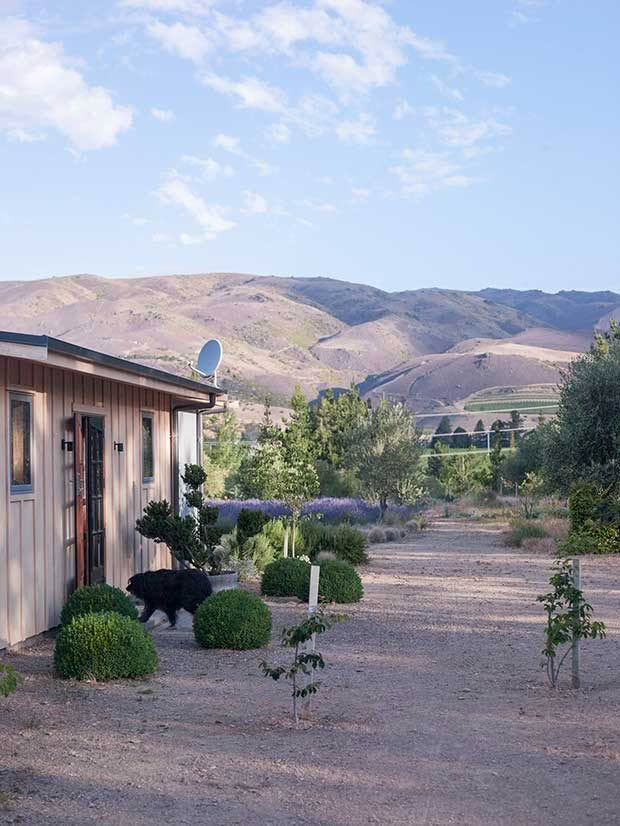
Karen has a uniquely-styled dry garden.
Karen’s love of lavender is something that has evolved, more a passion grown from convenience rather than love at first sight. She’d always had an interest in lavender and the properties of the crop’s essential oil. It just so happened that it flourished in the semi-arid Central Otago climate and was a staple in her nursery.
“It was after I moved and had a fresh start that I really embraced the lavender products,” she says. “That become my main focus, rather than the nursery I had been running. Lavender is a great oil, perfect for creating skincare, massage oils, laundry sprays, helping with bites, and it mixes well with other essential oils.”
Karen opened her store – The Tent House – in Cromwell in 2012. It has become a much-loved part of the local business community, with a smidgen of credit given to her adorable bearded collie Smudge, who boasts a number of loyal fans.
- The courtyard of Karen’s shop is a little rocky oasis of plants
- Seedlings for sale
- Flowers of Verbena bonariensis
- Lavender plants are a favourite with customers
He even features in some of the store’s online reviews: “nice owner, nice products, cool dog.”
The Tent House may have vintage charm, but it’s more modern than the exterior betrays. It’s named for the land it sits on. During the 1860s Otago gold rush, fortune seekers pitched their well-worn tents here.
Her product range is created under her brand, The Still Room. There is a double-meaning in play with this name. Traditionally, a still room is where oils and products were produced, but Karen’s first still room (at Briar Dell) was once the Cromwell Hospital mortuary.
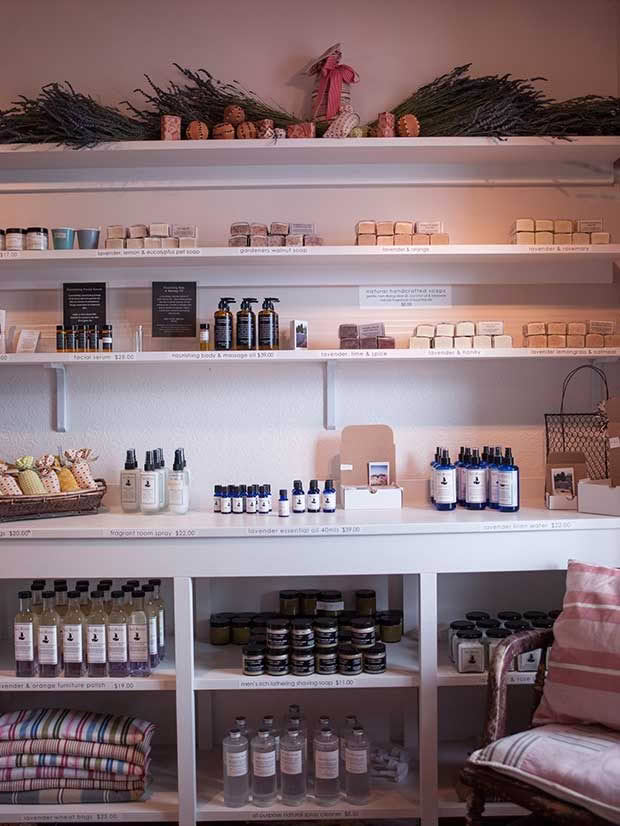
She sells a range of approximately 15 products crafted from her very own lavender oil and olive oil.
“About 60 per cent of my time is spent making the products on a small gas barbecue table in the courtyard (the process can create strong fumes) or labeling and marketing the products. Everything has been developed by trial and error. I retired my beeswax lip balm experiment as the fluctuating temperatures caused the wax to either melt or harden.”
There has been the odd disaster.
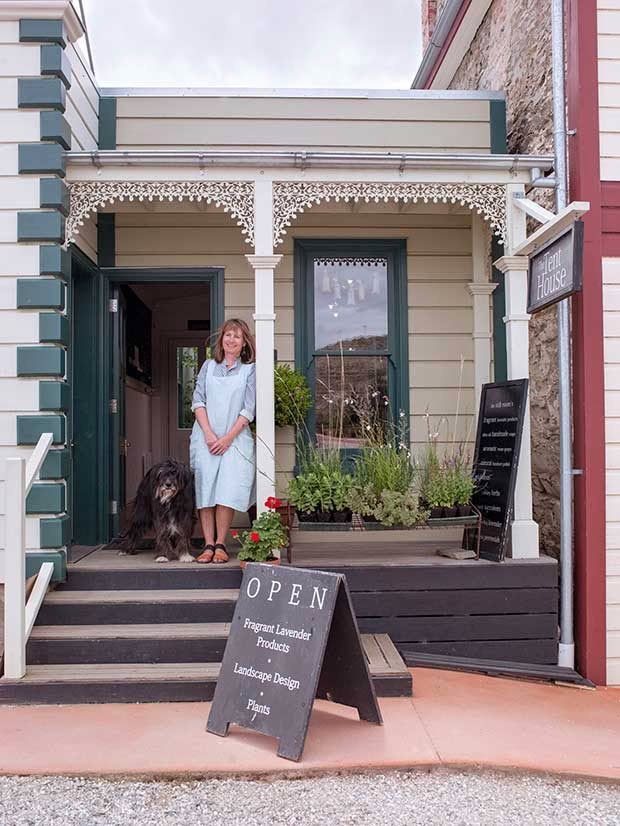
“Odd-looking soaps for instance, but they never make it out to the shopfront. If I’m not happy with it, then it doesn’t go out.
“My range has enough products for now; many more and the workload would be too much, and customers don’t need a huge number of options.”
Karen’s range is only available in store and at one local winery. However, like many small businesses, she feels the looming presence of the online marketplace.
“Having an online store is becoming more important. It opens doors to new customers. However, it also means having more stock available and being more organised. I love doing it all myself and want to keep the business manageable.
I don’t want it to become all about numbers, but to enjoy my job, make a good product, and be known for quality.”
MAKING CENTS FROM SCENTS
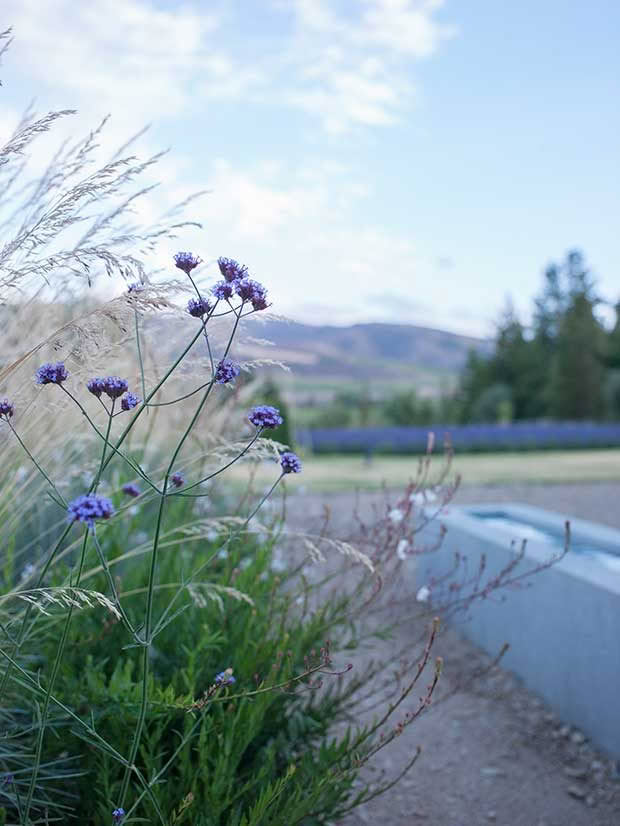
One of Karen’s favourite products is her hand-blended perfume, Central #6, based on the scent of Central Otago. “…with top notes of uplifting fruit, pine and lavender, heart notes of rose, aromatic herbs and a hint of spice, and a warm, dry earthy finish with vetiver, musk and frankincense,” says Karen.
The fragrance is the result of a Wellington-based workshop that Karen took in 2012. She says while it may seem intimidating at first, anyone can make a perfume.
“A perfume is a combination of perfume alcohol, distilled water and essential oils, and the process is really about blending essential oils together and finding the right combination. I choose to stay away from chemicals and stay as natural as possible.”
There are a few factors that make perfumes difficult to master.
It’s hard to make a perfume that remains consistent over the years. Scents change, and like fruit or plants, the oil is affected by the conditions that the crop is grown in. Some years are better than others, which for small producers makes it hard to craft a scent with consistent quality.
Perfume is more expensive to create than other scented products. Each one requires a large amount of good quality oils, and blending takes a lot of time.
Perfumes then need to benefit from good marketing and a higher price point in order to make a profit.
Blending a perfume is time consuming and your nose will simply give up after a while. Karen says you’ll need to bring in friends and family to smell the difference between recipe #4 and recipe #44.
“Good smellers would always go back to the same scent but it is hard and they have to be in the right mood. Choosing a scent is incredibly personal – all perfumes react differently with skin, so they can smell different from person to person.”
Love this story? Subscribe now!
 This article first appeared in NZ Lifestyle Block Magazine.
This article first appeared in NZ Lifestyle Block Magazine.
